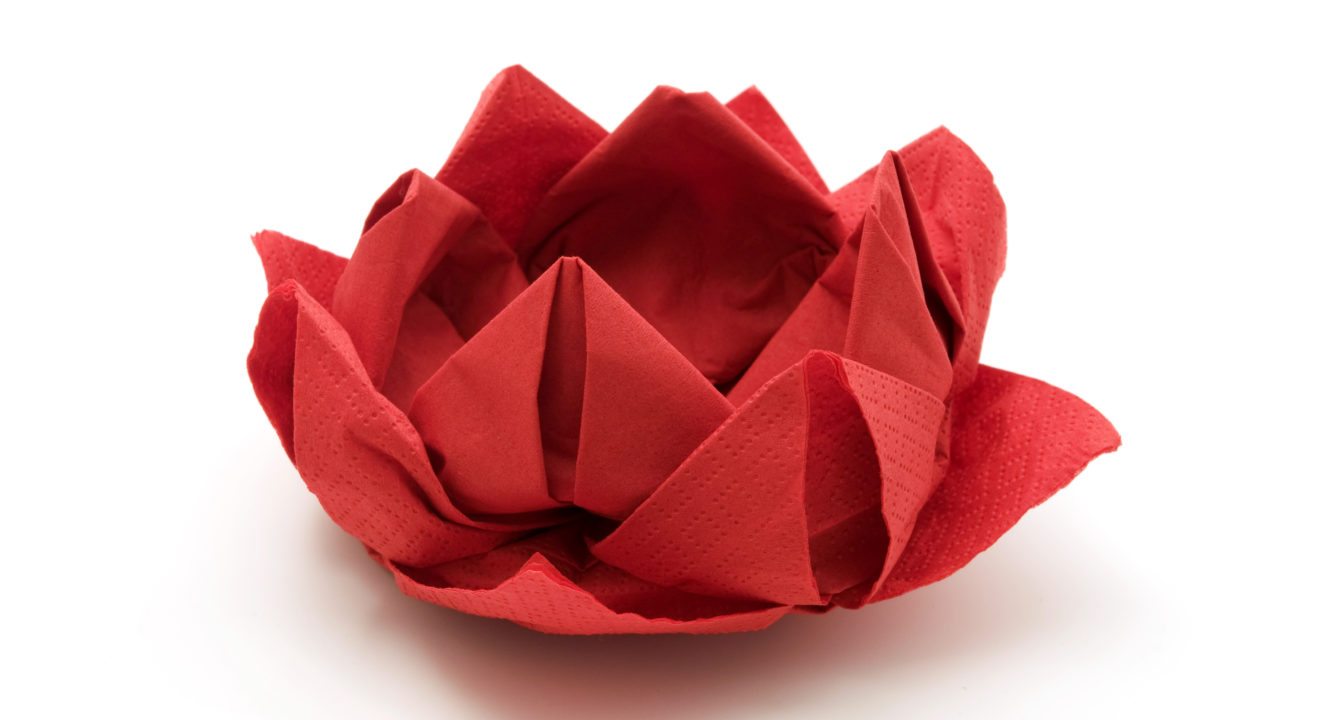Culture September 26, 2016


When you see a piece of paper, you might initially think of the essays you’ve written in school, the beauty magazines you’ve read in your spare time or even the trees that have been cut down to form it. Those who practice the art of origami, however, have another perspective: they see possible cranes, flowers, hearts, stars and animals.
Origami – which translates literally as “folding paper” – is an art that originated in Japan and creates beautiful paper sculptures. In 17th century Japan, origami designs were tokens of good luck, wedding charms for Shinto weddings and inspiration for poetry and stories.
As the trend of origami spread to Europe, its uses evolved. Friedrich Fröbel, a German educator and the creator of the concept of “kindergarten,” recognized that crafting activities could serve as teaching aids to children, and had his students practice weaving and origami. (If only your teachers were so creative in their lessons!)
After origami increased in popularity in both Japan and Europe, clubs formed around this new “leisure activity.” New techniques also allowed for more intricate designs and larger, sturdier sculptures. You might say that as origami’s fan size grew, so did the origami creations themselves!
Origami is more than just an elegant hobby or a long-lasting trend, however; it is a craft proving incredibly beneficial for relaxation and mental development. It is also an excellent way to develop hand-eye coordination and mental concentration in young children. In addition, origami is used for therapeutic purposes, especially in rehabilitation centers for patients who suffered injuries or strokes.
Want to dabble in this century-old art? Here are a few simple designs to start with:
Pelican
Ladybug
Once you’re a little more advanced, you can move onto a dragon, an elegant lotus or 3D heart. If you want to be maestro at origami, attempt more challenging designs like the “Fujimoto’s Hydrangea,” fractal flower or the five intersecting tetrahedral. You can even put that scratch paper to good use and make some cute jewelry boxes to store your earrings and or a “memory box” to hold all the trinkets that usually clutter your desk.
When it comes to origami, there is always more than meets the eye. You’re not just folding paper; you’re practicing an ancient art that just happens to be beautiful, personally beneficial and functional at the same time!
Information for this article was taken from the New World Encyclopedia.